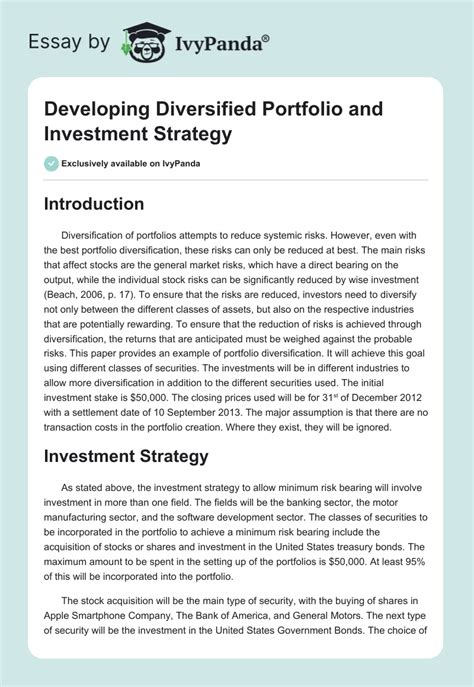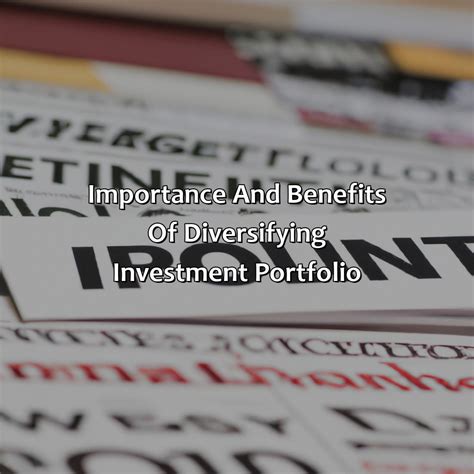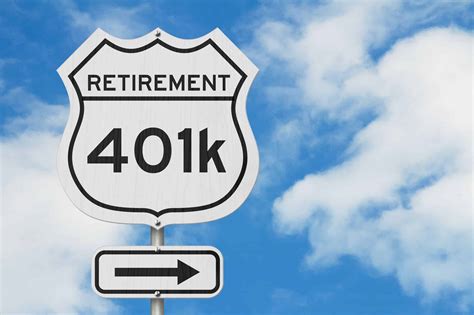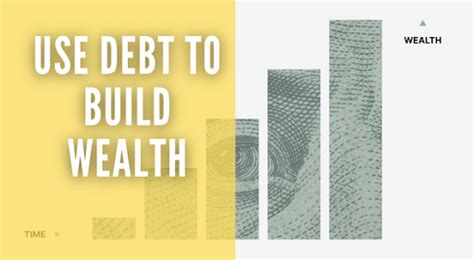The Quest for Early Retirement: Why a 401k Isn’t Enough
The allure of early retirement is powerful, offering freedom, new experiences, and more control over one’s time. While a 401k is a fantastic tool and often the bedrock of a robust retirement plan, it’s typically structured for a traditional retirement age, often in the late 50s or 60s. For men, who might have specific career trajectories, family goals, or a desire to pivot sooner, relying exclusively on a 401k can fall short of accelerated early retirement ambitions. Building a nest egg large enough to sustain decades of non-working life requires a multi-pronged investment strategy that extends well beyond employer-sponsored plans.
To truly accelerate towards financial independence and an early exit, it’s essential to explore and leverage a diverse range of investment vehicles that offer greater flexibility, liquidity, and growth potential than what a 401k alone can provide.

Maximizing Your Investment Arsenal Beyond the Basics
1. Taxable Brokerage Accounts: Unrestricted Growth
Once you’ve maxed out your 401k (or at least contributed enough to get the full employer match) and potentially an IRA (Roth or Traditional) and an HSA (Health Savings Account, a triple-tax advantaged gem), a taxable brokerage account becomes your next crucial battleground. Unlike retirement accounts, funds in a brokerage account aren’t locked away until age 59½, offering vital liquidity for early retirees. Here, you can invest in:
- Index Funds & ETFs: Broad market exposure with low fees, offering diversification and consistent growth.
- Individual Stocks: For those with a higher risk tolerance and an interest in researching specific companies.
- Growth vs. Value Investing: Tailor your strategy to your risk profile and market outlook.
The key here is consistent contributions and a long-term mindset, letting compound interest work its magic without withdrawal penalties.
2. Real Estate: Building Tangible Wealth and Income Streams
Real estate has long been a powerful wealth-building tool, offering both capital appreciation and income potential. For early retirement, it can serve multiple purposes:
- Rental Properties: Direct ownership can provide a steady stream of passive income, offsetting living expenses. This requires active management or hiring a property manager.
- Real Estate Investment Trusts (REITs): For those who prefer hands-off real estate exposure, REITs trade like stocks and invest in income-producing properties.
- House Hacking: Living in one unit of a multi-unit property and renting out the others can significantly reduce housing costs or even generate positive cash flow.
Investing in real estate offers diversification from the stock market and can act as a hedge against inflation.

3. Dividend Stocks and Income-Generating Assets
Creating a portfolio that throws off regular income is paramount for early retirement. Dividend stocks and ETFs, particularly those with a history of increasing payouts, can provide a predictable cash flow to cover expenses. Other income-generating assets include:
- High-Yield Savings Accounts/CDs: While not for aggressive growth, they offer a safe place for emergency funds or short-term savings with a better return than traditional accounts.
- Bonds: Corporate or municipal bonds can add stability and income, though their yields might be lower than equity-based investments.
- Peer-to-Peer Lending: A higher-risk option where you lend money to individuals or small businesses for interest, offering potentially higher returns but also higher default risk.
The goal is to build an income “moat” that can eventually cover your living expenses, providing true financial independence.

4. Alternative Investments & Entrepreneurship
For those with a higher risk tolerance and significant capital, alternative investments can offer uncorrelated returns and substantial growth potential:
- Private Equity/Venture Capital: Access to private companies with high growth potential, typically requiring accredited investor status.
- Cryptocurrencies: Highly volatile but with potential for exponential growth. Requires thorough research and understanding of associated risks.
- Precious Metals: Gold and silver can serve as a hedge against inflation and economic uncertainty, offering portfolio diversification.
- Side Businesses/Entrepreneurship: Starting a business that can eventually operate with minimal active involvement can transform active income into passive income, providing both financial and personal fulfillment.
These avenues often come with greater risk and less liquidity but can significantly accelerate wealth building if successful.

Strategic Considerations for Men Pursuing Early Retirement
Men often face unique financial considerations that can influence early retirement planning. These include potentially longer life expectancies, which necessitates a larger nest egg, and career paths that might involve periods of high earning followed by potential shifts. Understanding your personal risk tolerance, family goals, and desired lifestyle in early retirement is crucial. Seeking advice from a qualified financial advisor who understands your specific aspirations can provide invaluable guidance in crafting a personalized, multi-faceted investment strategy.
The Road Ahead: Consistency and Diversification
Achieving early retirement demands more than just a 401k; it requires a disciplined, diversified, and proactive approach to investing. By strategically leveraging taxable brokerage accounts, real estate, income-generating assets, and even alternative investments, men can build the robust financial foundation necessary to step away from traditional work on their own terms. Consistency in saving, smart allocation, and a long-term vision are your greatest allies on this journey to financial freedom.





